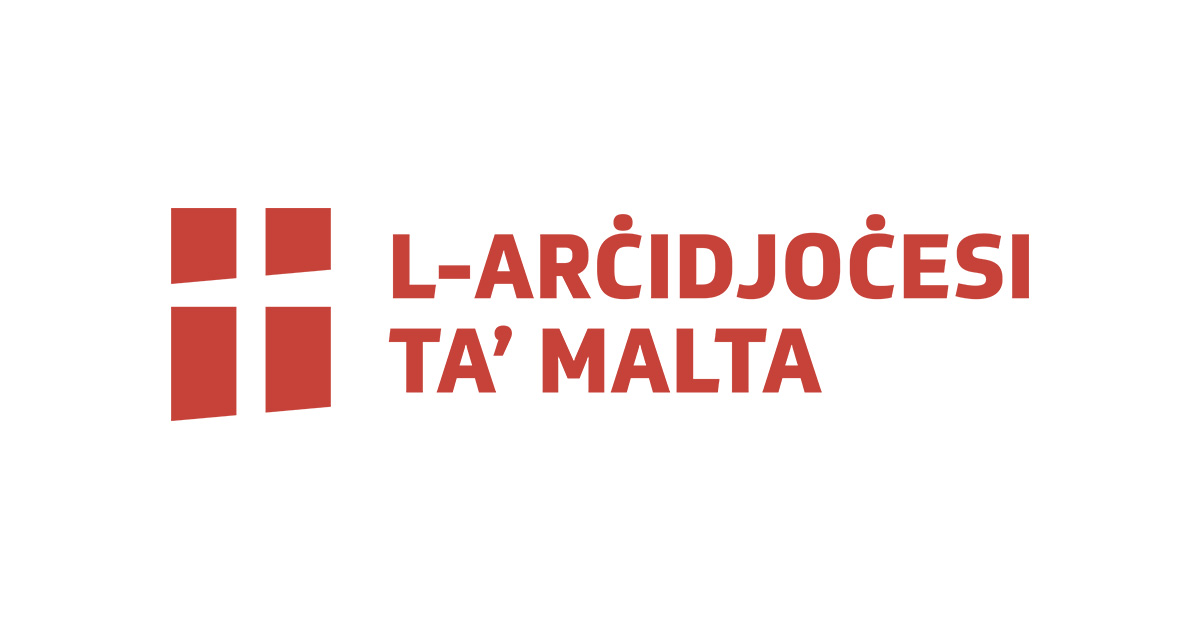-
-
If it is true that people know more and more about the tragedy of thousands of migrants who every day try the challenge of reaching Europe by crossing the Mediterranean Sea on dilapidated boats and the desert in long marches of death, less known are the stories of generosity, sharing, and genuine reception that accompany the migration flow of recent times. After the urgency of their reception, the Catholic Church is in the front line in emergency related to the integration of thousands of migrants. In Madrid, the bishops and delegates responsible for the pastoral care of migrants in Europe have been discussing on ‘models’ of integration, best practices, and challenges to European society.
After dealing with the issue of reception in 2015, the national directors for the pastoral care of migrants have focused – in the Year of Mercy – on the challenge of integration. The meeting took place in Madrid on September 26-27 at the invitation of the Bishop of Albacete, Mgr. Ciriaco Benavente Mateos, President of the Commission for Migration of the Spanish Catholic Bishops’ Conference.
The integration of migrants and refugees is a complex and multi-faceted phenomenon for which no single model applies, but different experiences related to the needs and possibilities of the receiving territory. The Catholic Church, as participants witnessed, is engaged in all countries with various activities and programs. However, both reception and integration are not prerogatives of a particular sector of civil society and/or Church institutions, but of the whole society because it is the whole person, in his/her wholeness – that is, the person in need of a job and a house, but also of the love of a family and a spiritual support – who needs to be welcomed. Neither is it an issue which concerns only individual migrants or asylum seekers but it runs on a parallel track that also involves the responsibility and capacity of the receiving community, which is called to make room for diversity.
In her approach, the Church always seeks to promote this two-fold dimension by carrying out a work that takes into account both the needs of immigrants, in their integrity and dignity as persons, and those of the receiving community. Before becoming physical realities, walls rise within human hearts. Ignorance and fear are in fact the first obstacles to overcome. People must be able to understand what it means to be a refugee, what it means to have one’s life contained in a simple backpack. It is clear therefore that the real challenge of integration begins with an educational work addressing the whole society. It is necessary to educate people to dialogue and encounter. In fact, the encounter with those who are different than us, if we approach it with the proper disposition, is always enriching and follows the pattern of the sharing of gifts.
This accompaniment of the receiving communities must be carried out in agreement by all the social and Church bodies working on their territory. Only an education to encounter and dialogue will make it possible to uproot unjustified fears, often based on stereotypes and clichés, which are increasingly feeding xenophobic feelings in Europe.
Among the various experiences shared by the participants, the privileged educational-pastoral tool in promoting real integration seemed to be the “working together” style. It is by carrying out together concrete actions and activities that the migrant and the receiving community can be perceived as only one thing. In the spirit of the Year of Mercy, the national directors have also recalled the need to rediscover the meaning and the value of hospitality that helps Christians to better respond to the challenge of integration. In this perspective, the parish is undoubtedly a privileged space in which a true pedagogy of encounter and dialogue can be enacted. In various ways, the parish community can become a place to put into practice our hospitality, a place to perform the exchange of experiences and gifts, the breeding ground for peaceful coexistence that we all desire.
In Madrid, the national directors also discussed some issues which had already been the object of their discussions in the past and are still topical, such as the trafficking in human beings (the work of the Santa Marta Group), the presence of Chinese immigrants in Europe, and the evangelization of Chinese Catholics in Europe.
In the “Holy Mary of Silence” Parish along with a delegation from the local diocese for the pastoral care of migrants, the participants lived a Eucharistic celebration animated by an African choir and presided over by the Archbishop of Madrid, H. Ex. Mgr. Carlos Osoro Sierra. Later on, at the Reception Centre ‘San Ignacio’ run by the Jesuits they met a large group of young Africans, and they had the opportunity to appreciate the various initiatives undertaken by the Centre for promoting integration, particularly through work and education.
The Conference closed with a meeting with the President of the Spanish Bishops’ Conference, Cardinal Ricardo Blázquez Pérez, at the headquarters of the Catholic Bishops’ Conference in Madrid, and a meeting in Toledo – a town which is particularly committed to working with migrants – with the local archbishop, Mgr. Braulio Rodríguez Plaza.




